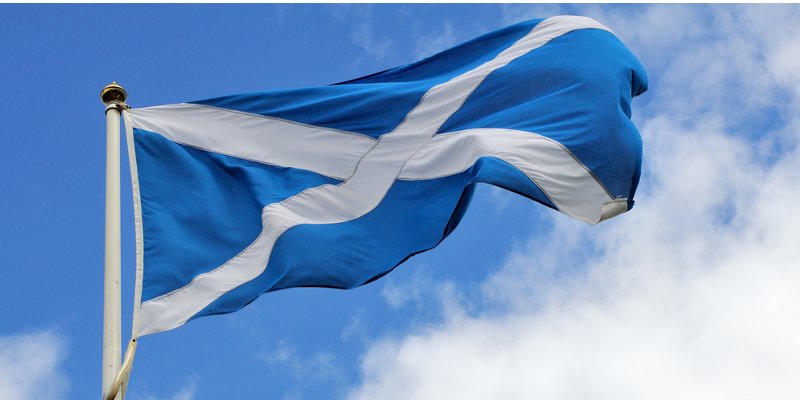As a result, the average price is now £203,292; however, on an annual basis, prices are up 10.2%.

Property prices in Scotland fell by 1.5% in April, according to the Walker Fraser Steele Acadata House Price Index.
As a result, the average price is now £203,292; however, on an annual basis, prices are up 10.2%.
The Orkney Islands saw the greatest rise in prices on an annual basis, up 34.9%, whereas Na h-Eileanan Siar recorded the largest decline, down 9%.
On a monthly basis, Glasgow City noted the biggest fall, down 6.9%, and East Lothian saw the greatest rise, up 7.8%.
Overall, transactions in April were down by 35% in the month.
As well as this, 25 local authorities saw average price falls, compared to 25 with rises in March.
Average prices remain 10% higher than a year earlier.
Alan Penman, business development manager at Walker Fraser Steele, said: “When we consider this month’s findings, we should remember that average prices in Scotland remain 10% higher than this time 12 months ago.
“It’s an important piece of context because our report is a reminder, if any were needed, of how important fiscal support is to the performance of the housing market and how tax holidays drive behaviour and impact confidence.
“We’ve got used to prices rising almost inexorably, but we can see that in April 2021, the monthly growth rate in house prices fell by 1.5%, as a good proportion of higher-value sales had been completed in March.
“This left mainly lower-value sales being made in April. The downturn in the growth of average prices that occurred in April also feels significant because it contrasts starkly with the 10 months of almost uninterrupted price growth that took place from May 2020 onward.
“In terms of transactions, the end of the Land and Buildings Transaction Tax holiday in March boosted sales for that month but thereafter things have cooled.
“What this has meant, at a regional level, is that the average value of house prices in April fell in 25 of the 32 local authority areas in Scotland, compared to just seven falls in March. This is by no means a sign of things to come but it demonstrates again the impact of the tax holiday.”



